The brick making machine uses fly ash, slag, mineral powder, tailing slag, construction waste, etc. as the main raw materials, and produces bricks of various sizes through pressing and vibration. It solves the problem of construction waste polluting the environment, and also provides a wealth of environmentally friendly building materials for the construction industry.
1. Specification of our brick making machine:
Key Features of Brick Making Machines
Material Handling: Brick making machines can process a wide range of materials, including clay, concrete, and fly ash, to produce various types of bricks.
Automation: Modern brick making machines often come with automated systems, reducing manual labor and increasing production efficiency.
Precision: High-precision molds ensure consistent brick size and shape, leading to uniformity in the final product.
Versatility: These machines can produce different types of bricks, such as solid bricks, hollow bricks, and perforated bricks.
Durability: Built with robust materials, brick making machines are designed to withstand heavy use and harsh environmental conditions.
Ease of Operation: User-friendly controls and intuitive interfaces make these machines accessible to operators of all skill levels.
Safety Features: Incorporating safety mechanisms such as emergency stop buttons and protective guards ensures the well-being of operators.
Applications of Brick Making Machines
Manufacturing Brick Machines are widely used in the construction industry to produce hollow blocks, solid blocks, concrete bricks, colored paving blocks, interlocking paving blocks, paving blocks and other concrete blocks. These machines are designed by an experienced team of professionals who have years of experience in their respective fields. Equipped with hydraulic system and electrical control panel, this machine is an important tool in several industries including the construction industry, road development projects, government schemes and industrial manufacturing brick businesses.
Residential Construction: Ideal for producing bricks for building houses, walls, and other structures.
Commercial Projects: Suitable for large-scale construction projects such as shopping centers, office buildings, and industrial complexes.
Infrastructure Development: Useful for road construction, bridge building, and other public works projects.
Eco-Friendly Building: Fly ash brick making machines are particularly popular for sustainable and environmentally friendly construction.
Maintenance tips for brick making machines:
Develop a maintenance plan: A detailed maintenance plan should be developed and incorporated into daily management. This includes regular inspections, lubrication, and necessary repairs.
Record maintenance: Every time a brick making machine is repaired or maintained, the process and results should be recorded in detail. This can help track the occurrence pattern of problems and take preventive measures in a timely manner.
Spare parts preparation: Ensure that there is sufficient spare parts inventory, such as seals, filter elements and other wearing parts, so that they can be quickly replaced when needed to reduce downtime.
Synchronize maintenance plan: When planning production and operation activities for the whole year, arrange the maintenance plan of the equipment at the same time to avoid affecting the production progress due to sudden equipment failure.
Lubricant replacement: Replace the lubricant within one month after the first use, and replace it every six months thereafter. In addition, always observe the condition of each lubrication point, and check the oil level and lubrication status at least every four hours.
Fastener inspection: Regularly check all fasteners for looseness or wear, and adjust or replace them in time to prevent part damage caused by machine vibration.
Cleaning work: Keep the equipment clean, especially the moving parts and heat dissipation parts, to prevent dust and debris accumulation from affecting the performance of the equipment.
Operation specifications: Ensure that all operators have received professional training, are familiar with the operating procedures of the equipment, and follow the correct operating methods, which can effectively reduce the equipment failure rate.
| Model | QT4-24 | QT4-15 | QT6-15 | QT8-15 | |
| Hollow Brick390*190*190 | Pcs/Mould | 4 | 4 | 6 | 8 |
| Forming Cycle (s) | 20-24 | 15-20 | 15-20 | 15-20 | |
| Pcs/ Hour | 360-450 | 720-960 | 1080-1440 | 1440-1920 | |
| Standard Brick240*115*53 | Pcs/Mould | 24 | 26 | 30 | 45 |
| Forming Cycle (s) | 20-24 | 12-17 | 12-17 | 12-17 | |
| Pcs/ Hour | 3600-4320 | 5505-7800 | 6352-9000 | 9529-13500 | |
| Motor Power (kw) | 13.45 | 24 | 45 | 45 | |
| Pallet Size (mm) | 850*550*20 | 880*580*22 | 900*700*25 | 1050*950*28 | |
| Pallet Needed (pcs) | 500 | 1200 | 1200 | 1500 | |
| Overall Size (mm) | 1850*1880*2240 | 2700*1600*2500 | 3200*2000*2750 | 3800*2200*2750 | |
| Total Weight (kg) | 1.56 | 4.5 | 7.9 | 10.5 | |
2. Conponents of our brick making machine:
1) Concrete mixer or concrete batching plant
Concrete mixer or concrete batching plant is used to provide concrete for brick making machine.
For small brick making machine like QT4-24 and QT4-15, we can use a small pan mixer to produce concrete;
For big brick making machine like QT6-15, we need a concrete batching plant to produce concrete.
Pan mixer
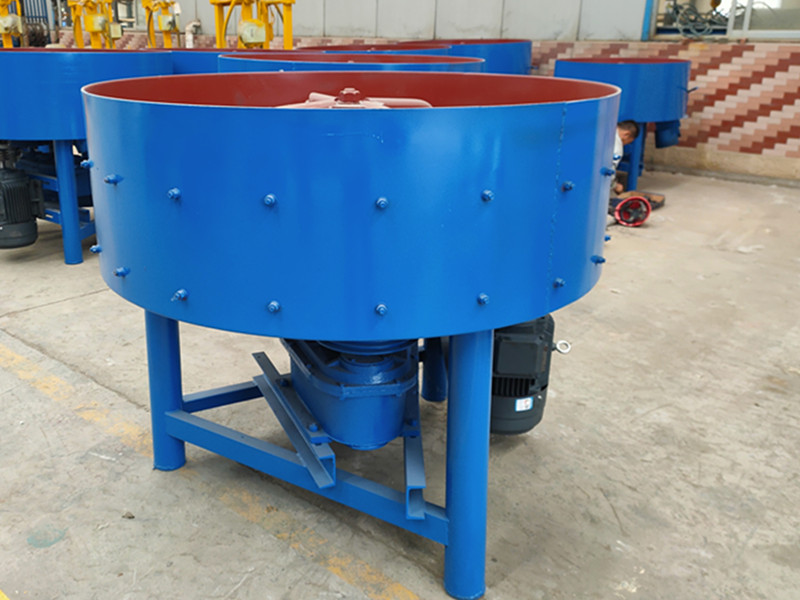
2) Belt conveyor
Belt conveyor is used to deliver concrete to the brick making machine.
3) Brick making machine
Brick making machine is the key part of a brick production line. Currently, Our most
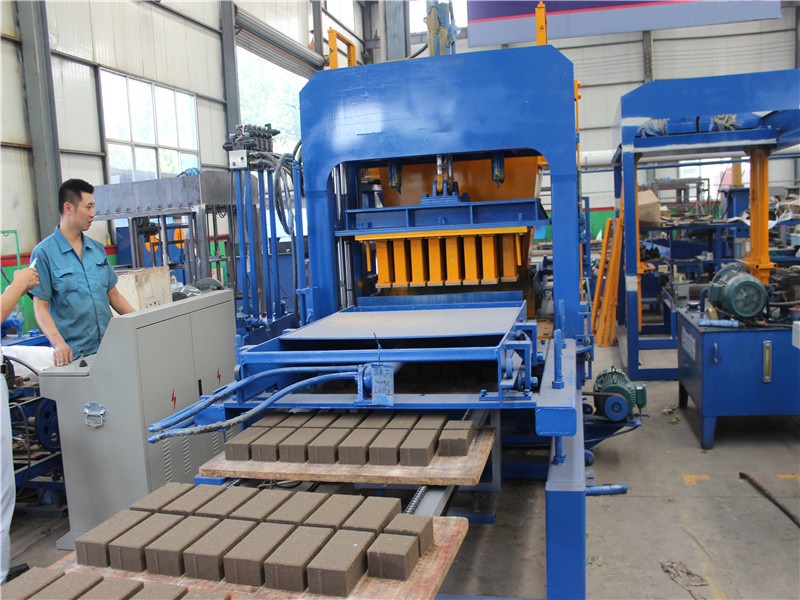
4) Automatic stacker
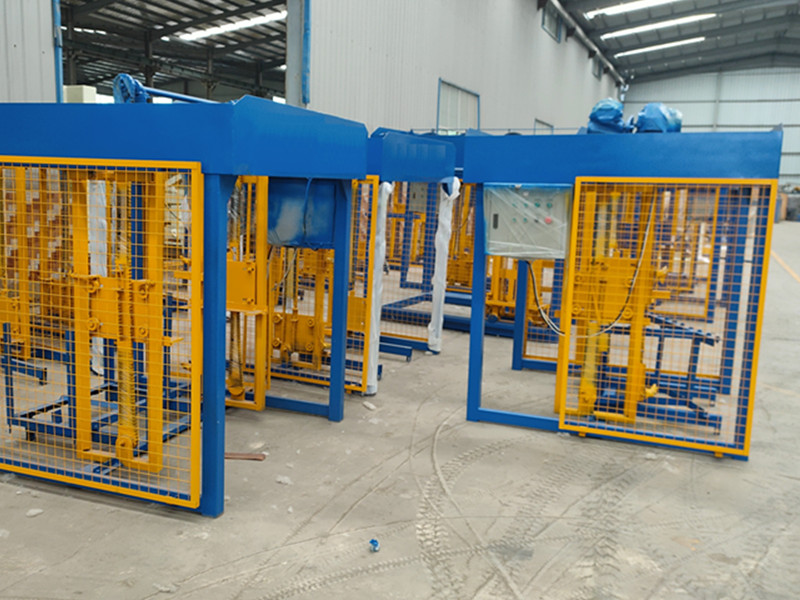
5) Pallet
We are now useing fiber board to repace the traditional bamboo pallet or PVC pallet, because it is cheaper, tougher and has a much longer service life
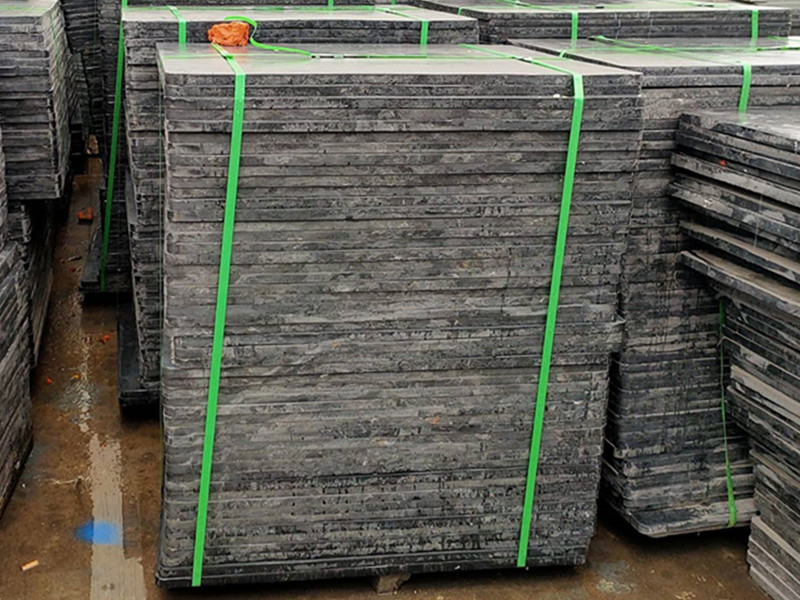
6) Mould
By changing mould, we can use one brick making machine to produce many different bricks.
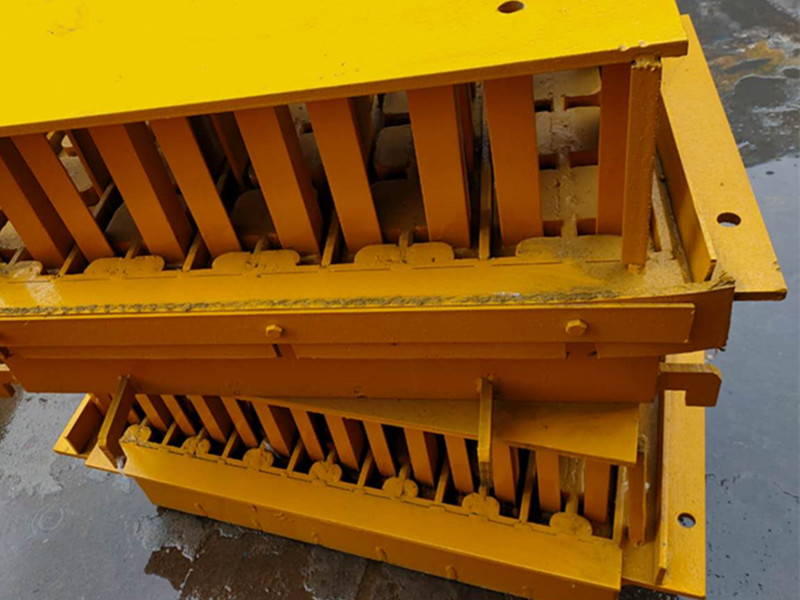
3. Blocks pictures:
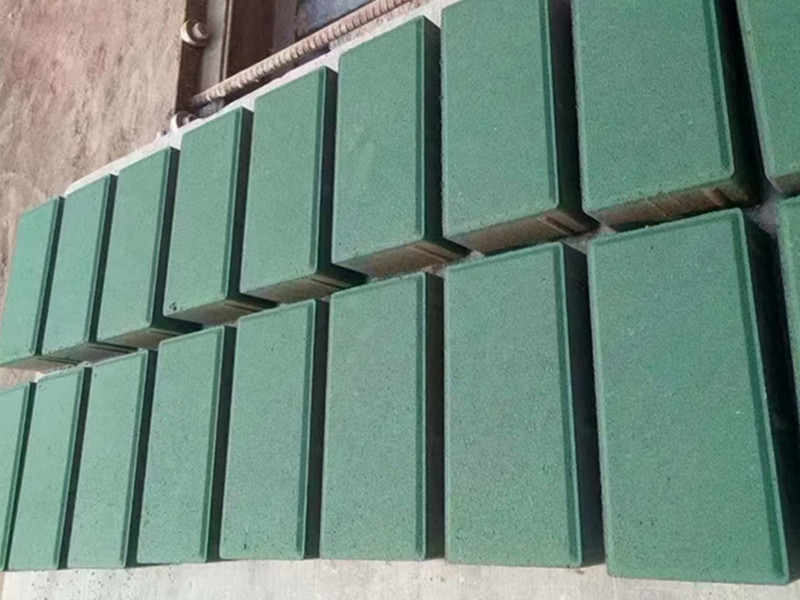
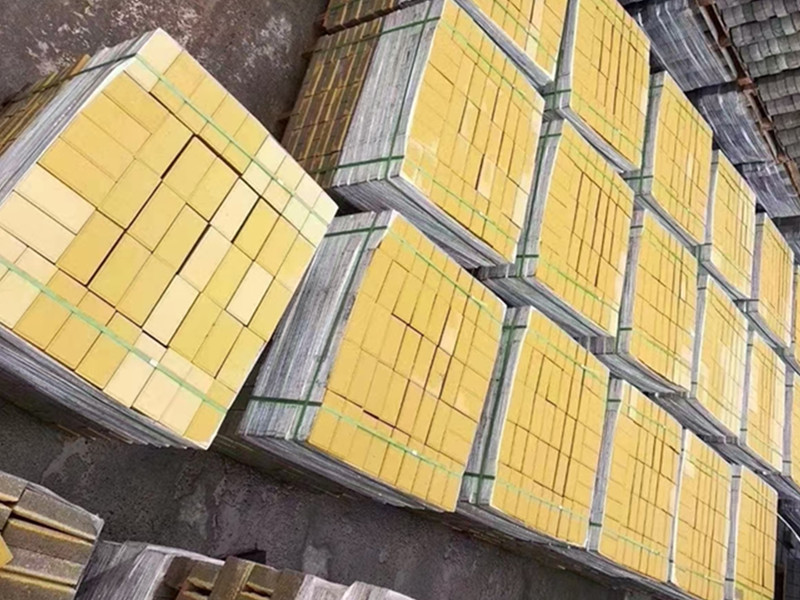
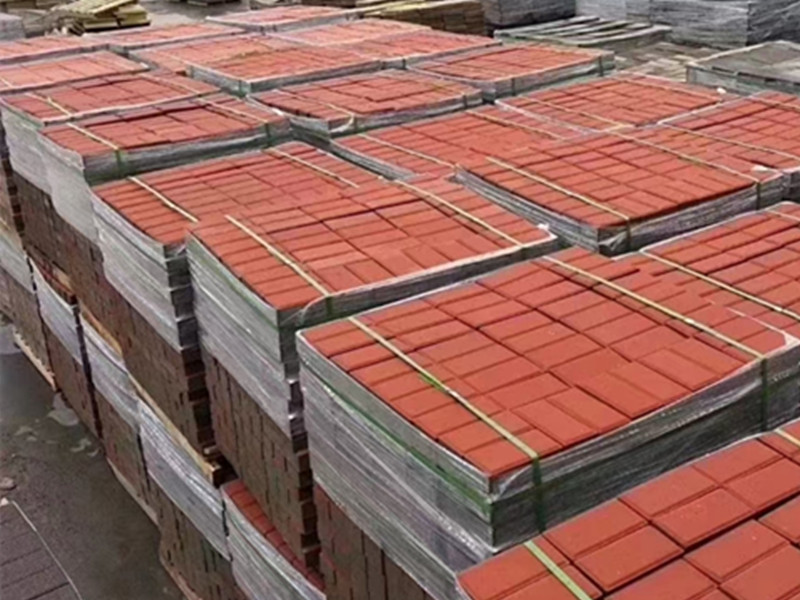
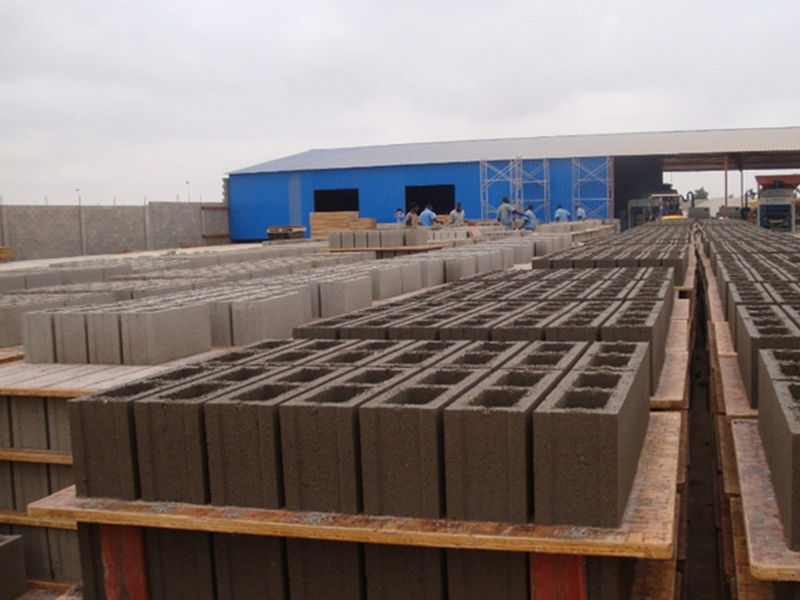
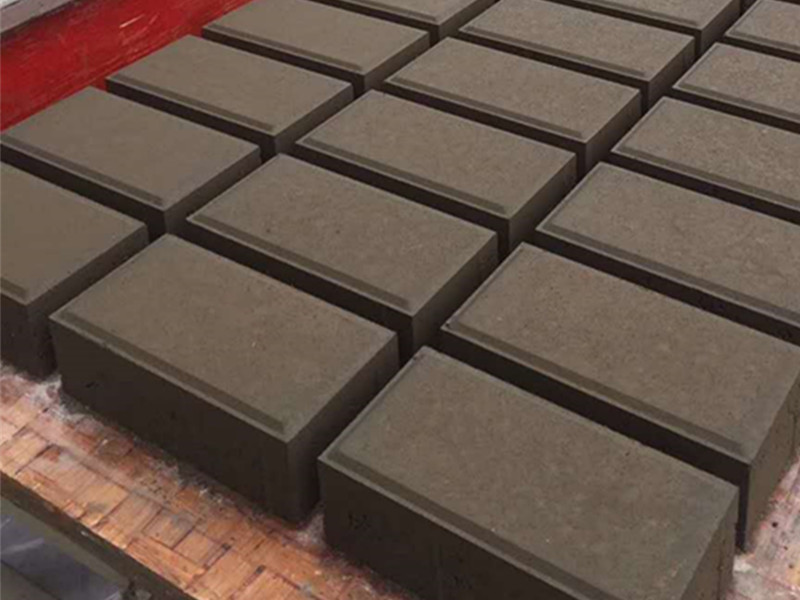
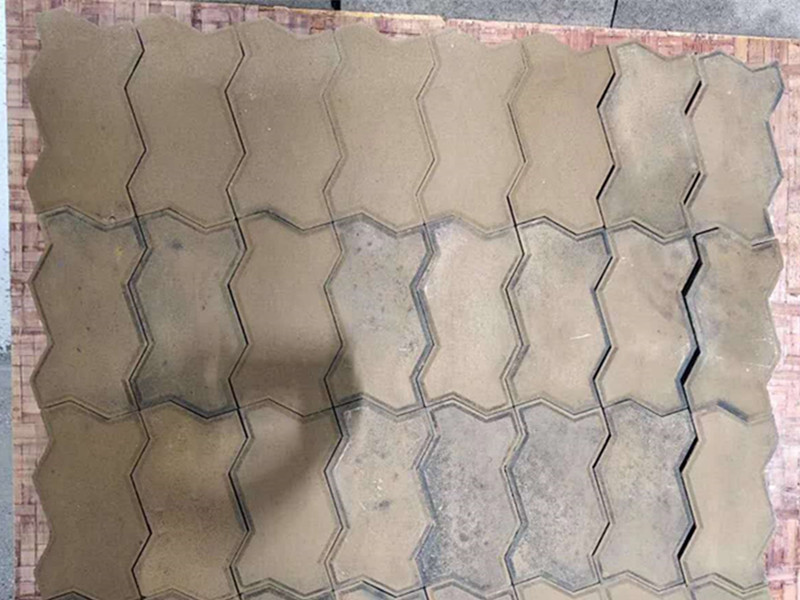
4. Mobile brick making machine:
Except from stationary brick making machine, we also have mobile brick making machine.
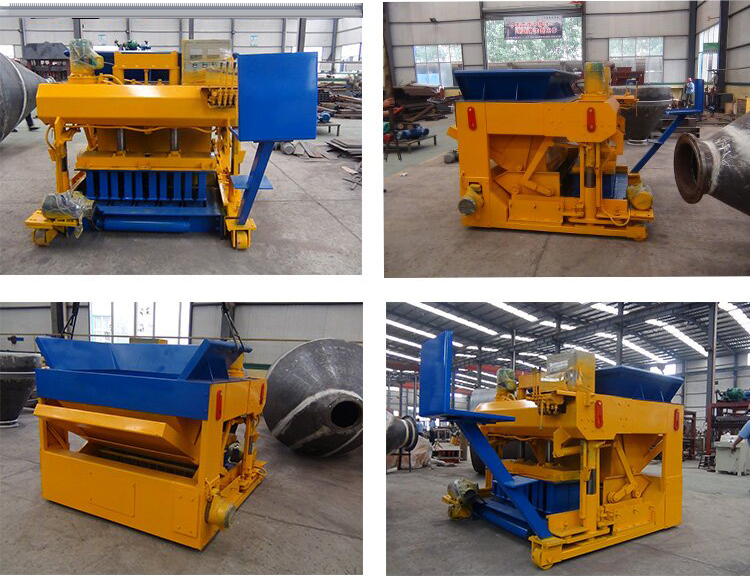









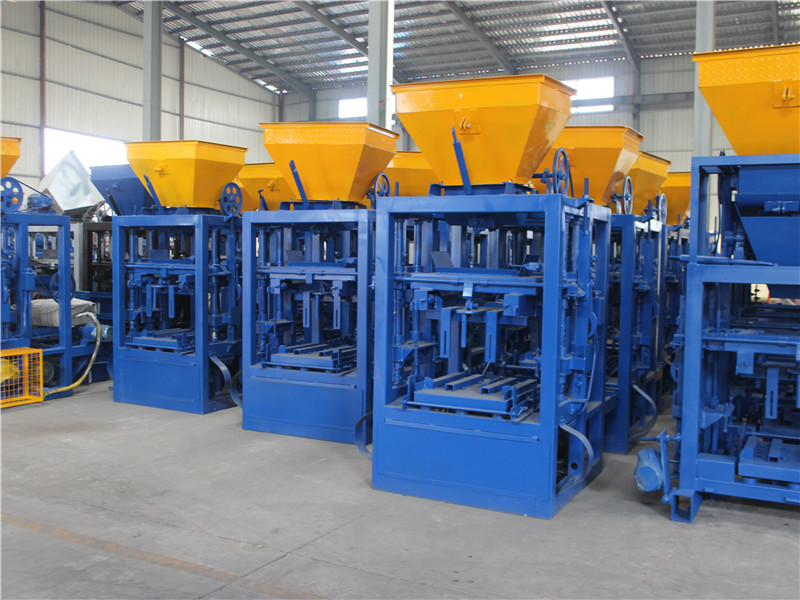
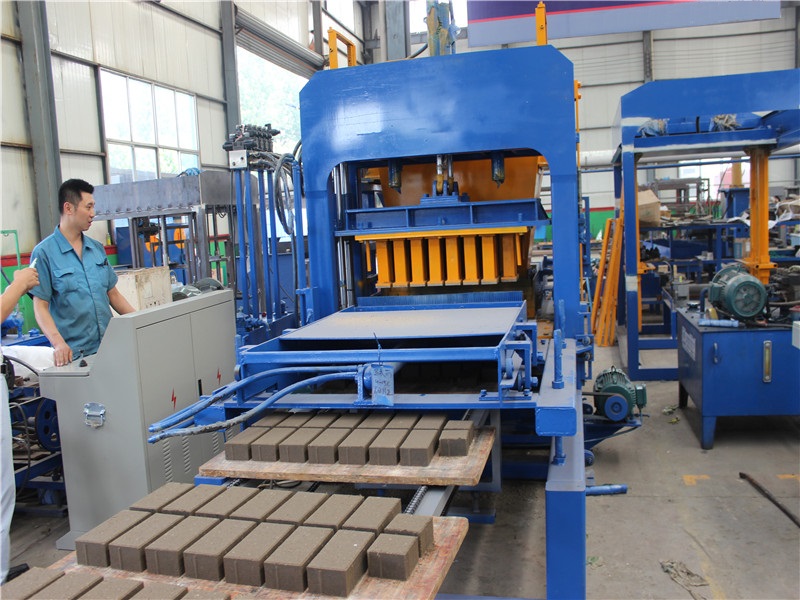
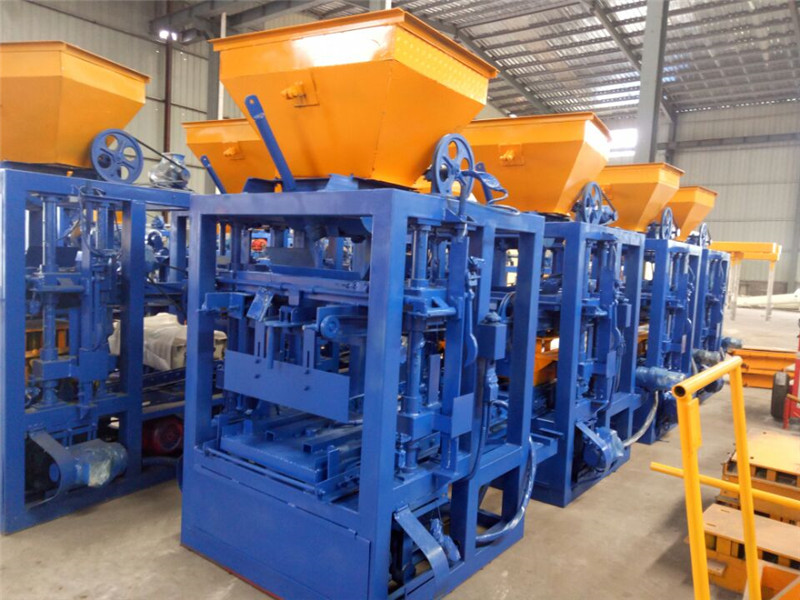
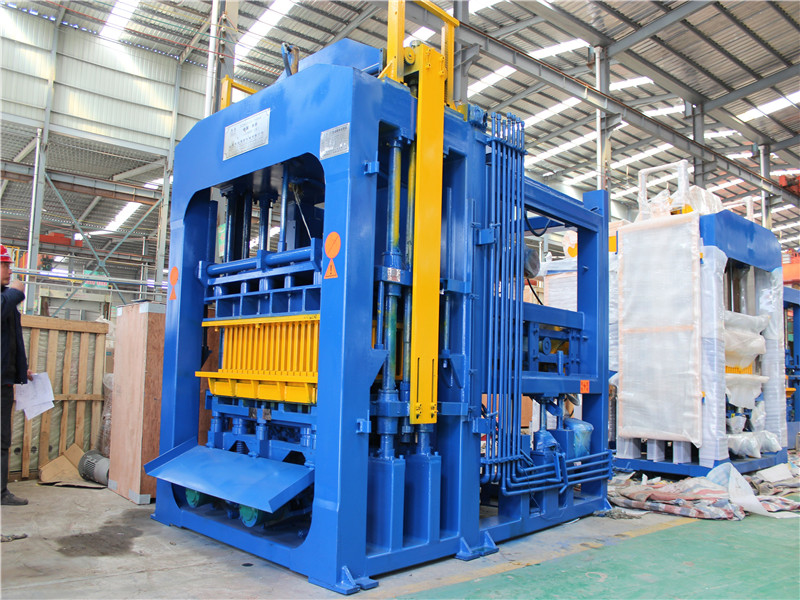
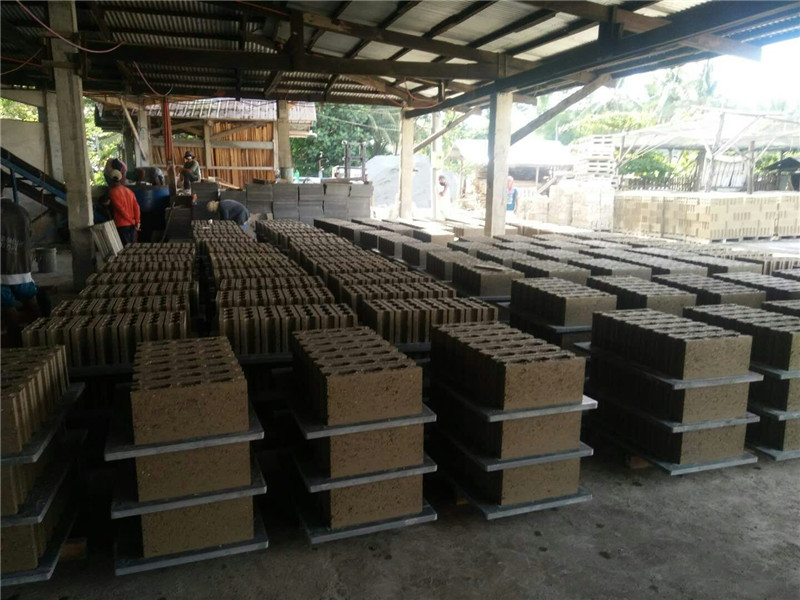
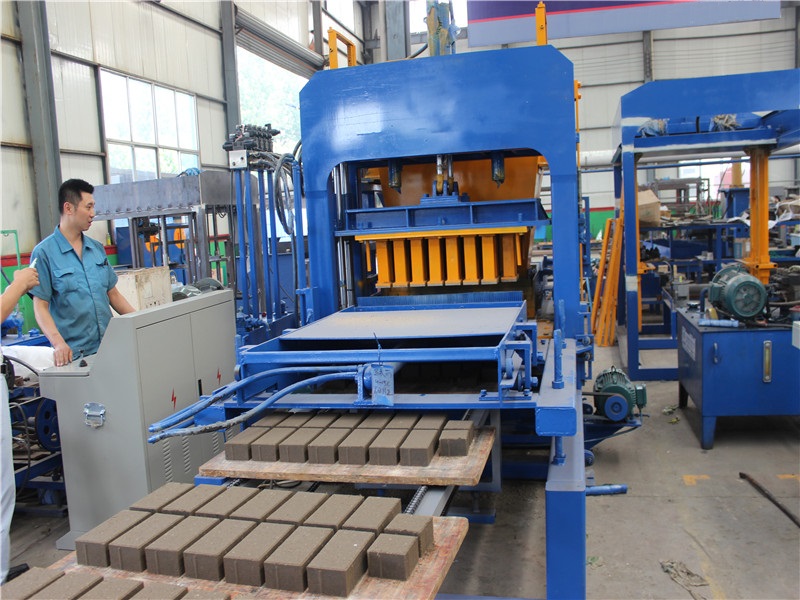 Our brick making machine is used to produce different types of concrete brick, such as solid brick, hollow brick, multi-hole brick, paving brick, color brick, interlock brick etc. We just need to change the brick mold then we can produce these different types of brick.
Our brick making machine is used to produce different types of concrete brick, such as solid brick, hollow brick, multi-hole brick, paving brick, color brick, interlock brick etc. We just need to change the brick mold then we can produce these different types of brick.

